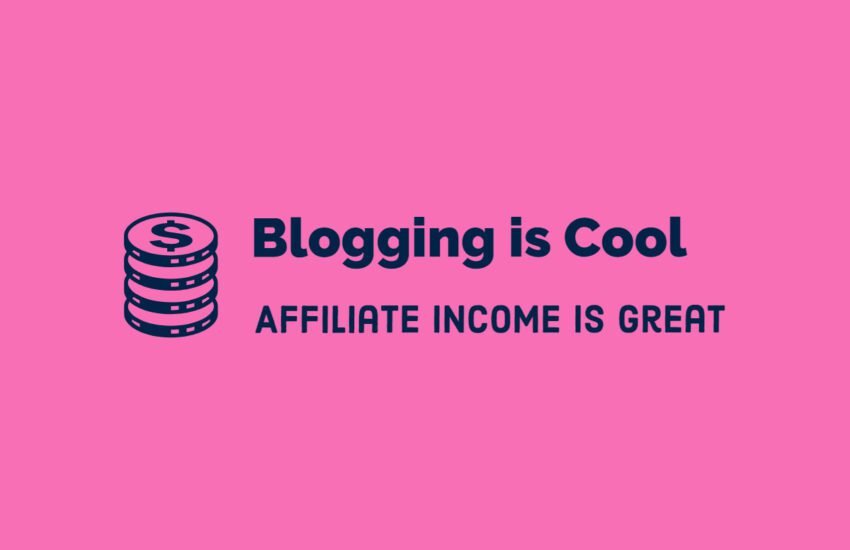The Ultimate Guide to Using WordPress Permalinks
Introduction
WordPress permalinks are an essential part of optimizing your website for search engines and improving the user experience. Permalinks are the URLs that point to your individual posts, pages, and other content on your WordPress site. In this guide, we will explore the different types of permalinks available in WordPress and provide tips on how to choose the best permalink structure for your website.
Understanding Permalinks
Permalinks play a crucial role in making your website’s content easily accessible to both search engines and users. They provide a permanent link to your content, allowing visitors to navigate to specific pages or posts on your site. By default, WordPress generates permalinks using a structure that includes the post ID and the date. However, this structure is not the most user-friendly or SEO-friendly.
Types of WordPress Permalinks
WordPress offers several permalink structures that you can choose from depending on your website’s needs. Let’s explore the most common types:
Plain Permalinks
The plain permalink structure is the simplest and least SEO-friendly option. It uses query parameters to identify the content on your site, resulting in URLs that look like this: http://yoursite.com/?p=123. While plain permalinks are not recommended for SEO purposes, they can still be useful for certain scenarios, such as temporary testing or development environments.
Day and Name Permalinks
The day and name permalink structure includes the date and post name in the URL. For example, a post published on January 1, 2022, with the title “Hello World,” would have a URL like this: http://yoursite.com/2022/01/01/hello-world/. This structure can be useful for blogs or websites that publish content frequently and want to showcase the publishing date.
Month and Name Permalinks
Similar to the day and name structure, the month and name permalink structure includes the month instead of the day in the URL. For example, the same post mentioned earlier would have a URL like this: http://yoursite.com/2022/01/hello-world/. This structure is suitable for websites that publish content less frequently but still want to include the publishing month in the URL.
Numeric Permalinks
The numeric permalink structure uses the post ID as the URL. For example, a post with an ID of 123 would have a URL like this: http://yoursite.com/archives/123. While this structure is not recommended for SEO purposes, it can be useful if you want to hide the actual post titles or if you have a large number of posts and want shorter URLs.
Custom Permalinks
WordPress also allows you to create custom permalink structures. This gives you the flexibility to include specific elements in your URLs, such as the category, post name, or even custom fields. Custom permalinks can be created using a combination of available tags, which are placeholders that will be replaced with the corresponding content when the URL is generated.
Choosing the Best Permalink Structure
When it comes to choosing the best permalink structure for your WordPress site, there are a few factors to consider:
SEO
Optimizing your permalinks for search engines is essential for improving your website’s visibility. Including relevant keywords in your URLs can help search engines understand the content of your pages and improve your chances of ranking higher in search results.
User Experience
Creating user-friendly permalinks is equally important for providing a positive experience to your visitors. Short, descriptive URLs that give a clear indication of the content they lead to are more likely to be clicked and shared by users.
Consistency
Once you choose a permalink structure for your WordPress site, it’s important to stick with it. Changing your permalink structure can result in broken links and negatively impact your website’s SEO. Therefore, it’s crucial to carefully consider your options before making a decision.
Changing Permalink Structure in WordPress
If you decide to change your permalink structure after your WordPress site is already live, you need to set up proper redirects to ensure that the old URLs are redirected to the new ones. This can be done using plugins like Redirection or Yoast SEO, which can automatically handle the redirection process for you.
Conclusion
WordPress permalinks are an important aspect of optimizing your website for search engines and providing a user-friendly experience. By choosing the right permalink structure and considering factors like SEO, user experience, and consistency, you can ensure that your URLs are optimized for both search engines and users. Remember to carefully plan your permalink structure from the beginning to avoid potential issues in the future.
